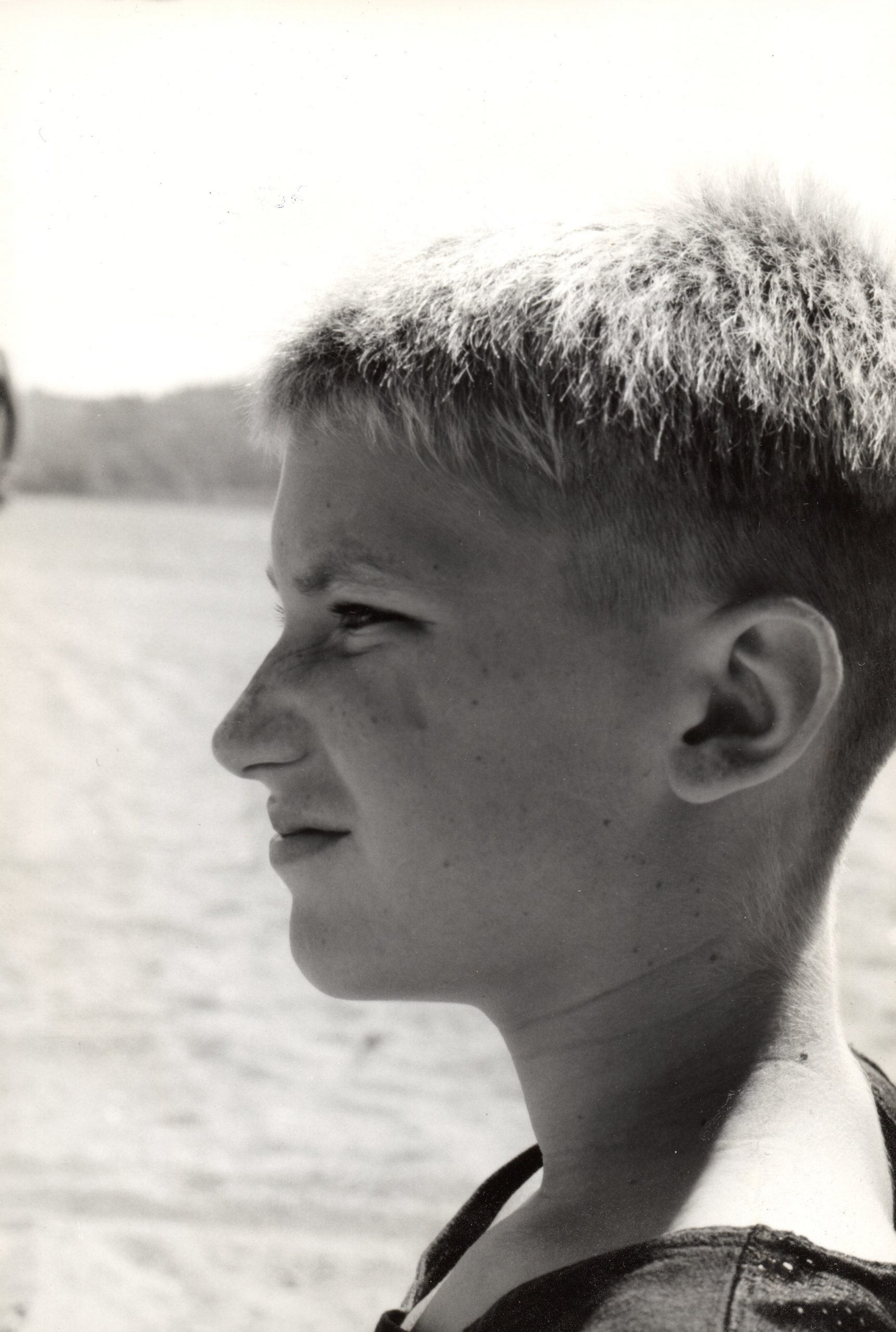Free Taylor Project
His Story
Taylor Tom Conley’s life story reflects the profound impact that childhood trauma, adverse environments, and youthful decision-making can have on a person’s path. Mitigating factors—such as a difficult upbringing, exposure to substance use at an early age, and abusive “behavior modification” programs—shaped the course of his youth and impaired his ability to make responsible choices. Today, Taylor stands as a testament to growth, resilience, and change, showing how a life once derailed by trauma can develop into maturity and accountability.
Mitigating Factors in Taylor’s Case
-
Grew up in a broken home, child of divorce
-
Diagnosed with ADHD
-
Began using drugs and alcohol at age 11
-
Strong negative influences from older peers
-
Juvenile detention and “Youth at Risk” program involvement
-
Sent to abusive WWASP behavior modification programs (“Casa by the Sea” in Mexico and “Tranquility Bay” in Jamaica)
-
Disparity in sentencing: co-defendant received 20 years, Taylor received life without parole
Taylor Tom
Early Life and Struggles
Taylor’s parents divorced when he was just five years old. The separation was deeply painful, leaving him in and out of counseling as a child, where he was also diagnosed with ADHD.
By the age of 10, Taylor had begun experimenting with alcohol and soon after discovered marijuana. As an only child, he looked up to older peers who were heavily involved in drugs. By age 12, he was drawn into that world, eventually leading to expulsion from school at just 14. Not long after, he entered the “Youth at Risk” program and began spending time in juvenile detention.
At 15, Taylor’s mother enrolled him in what she believed to be a strict behavior modification program through the Worldwide Association of Specialty Programs (WWASP). The first facility, Casa by the Sea in Mexico, subjected him to brutal conditions—beatings, isolation, and forced physical exertion under extreme conditions. After six months, he was transferred to Tranquility Bay in Jamaica, an even harsher environment. Both facilities have since been shut down by local governments for abusive and torturous practices, but not before harming thousands of children, Taylor among them.
These traumatic experiences left lasting scars. Upon returning home more than a year later, Taylor, then 16, suffered from PTSD and struggled to reintegrate. Attempts to return to school failed, and he dropped out. Soon after, he turned to harder drugs, which deepened his addiction and pushed him further to the margins of survival.
A Descent Into Addiction
With nowhere stable to live, Taylor relied on friends and survival “hustling,” primarily in drug dealing. What began as a way to survive quickly became consumed by his own addiction. Debt, violence, and desperation marked this period of his life, culminating in tragedy.
Sentencing Disparity
One critical element in Taylor’s case is the disparity in sentencing. His co-defendant, who faced the same charges, was offered a plea deal of 20 years in exchange for testimony. Even after the testimony was impeached for being inconsistent, the co-defendant retained the deal and will walk free. Taylor, however, was sentenced to life without the possibility of parole. This stark imbalance raises serious questions of fairness and proportionality in sentencing.
Why His Story Matters
Taylor’s life embodies the role of mitigating factors: childhood trauma, misguided interventions, and addiction shaped the person he was in his youth. Yet, with age and maturity, he has demonstrated growth, reflection, and change. His story is not only about past mistakes—it is about resilience, accountability, and the possibility of redemption.
Taylor Tom Conley is more than the sum of his worst decisions. He is a survivor of childhood trauma and systemic failures who deserves a second chance at life outside prison walls.

